Royals
Royal Secrets Revealed: 18 Obscure Facts About the British Monarchy
Published
5 months agoon

Shutterstock
The British royal family is one of the most iconic and mysterious institutions in the world, steeped in centuries of tradition, power, and intrigue. While much is known about their public lives, there are countless lesser-known details that reveal a more personal side to these famous figures. From quirky customs to hidden talents, these obscure facts offer a fascinating glimpse into the lives of royals past and present. Discover some of the most surprising and unusual facts about the British monarchy that you likely never knew. Each tidbit adds another layer to the rich tapestry of royal history, making the family even more intriguing.
The Queen’s Secret Handbag Signals

Shutterstock
Queen Elizabeth II was known for using her handbag to send secret signals to her staff during public events. If she wanted to end a conversation, she would subtly move her handbag from one hand to the other. This discreet gesture was a signal for her staff to step in and escort her away. The method highlights the unique, subtle ways the Queen managed her royal engagements.
The Royal Family Can’t Play Monopoly

Shutterstock
Monopoly, the classic board game, is off-limits for the British royal family. Reportedly, the ban was put in place because games of Monopoly would get too competitive and heated among family members. This was revealed by Prince Andrew in 2008, adding an amusing layer to the royal family’s public image. The rule suggests that even royals need to avoid conflicts over something as simple as a board game.
Queen Elizabeth I’s Stomach Problems
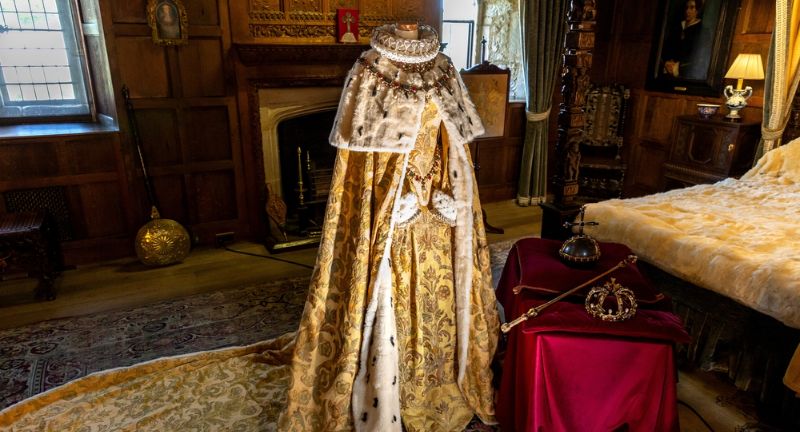
Shutterstock
Queen Elizabeth I, who reigned during the 16th century, suffered from a nervous stomach, likely a stress-induced ulcer. To ease her discomfort, she consumed wafers that were the equivalent of early antacids. Her digestive troubles were kept private, yet they reveal the physical toll of ruling a nation. The fact that a queen had to rely on rudimentary remedies underscores the pressures of her reign.
King George III’s Love of Farming

Shutterstock
King George III, often remembered for his mental health struggles, had a deep passion for agriculture. He was affectionately known as “Farmer George” because of his dedication to farming and agricultural innovations. The king’s interest in farming led to significant advancements in agricultural practices in England. His hands-on involvement with the land provided a stark contrast to his royal duties and public image.
The Royal Family’s Unseen Work
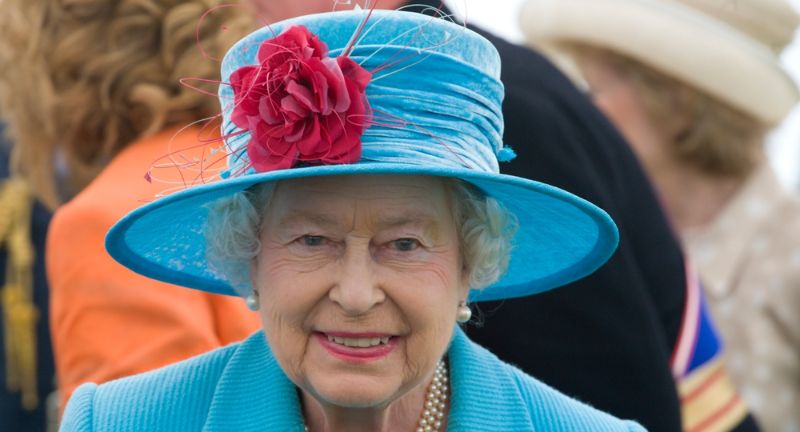
Shutterstock
Every year, the royal family receives thousands of letters from the public, showcasing the immense interest and admiration they inspire. Queen Elizabeth II personally answered a portion of these letters, continuing a tradition of royal correspondence that dates back centuries. This gesture of personal attention reflected the monarchy’s effort to maintain a connection with the people. The correspondence often included thanks, encouragement, and even advice from the Queen herself.
The Queen’s Secret Cookie Recipe

Shutterstock
Queen Elizabeth II had a secret chocolate cookie recipe that she shared only with her closest friends and family. This recipe was reportedly a favorite treat at Buckingham Palace, served during intimate gatherings. The recipe remained a closely guarded secret, adding to the mystique surrounding the Queen’s personal life. The fact that she enjoyed baking reflects a more domestic, down-to-earth side of the monarch.
The First Email by a Royal

Shutterstock
In a surprising embrace of modern technology, Prince Philip was the first member of the British royal family to send an email. He accomplished this on March 26, 1976, from an army base in the UK, demonstrating the technology for the first time. This act marked the royal family’s entry into the digital age, long before email became a common mode of communication. Prince Philip’s pioneering spirit in technology continued throughout his life.
The Royal Family’s Blood Type Mystery
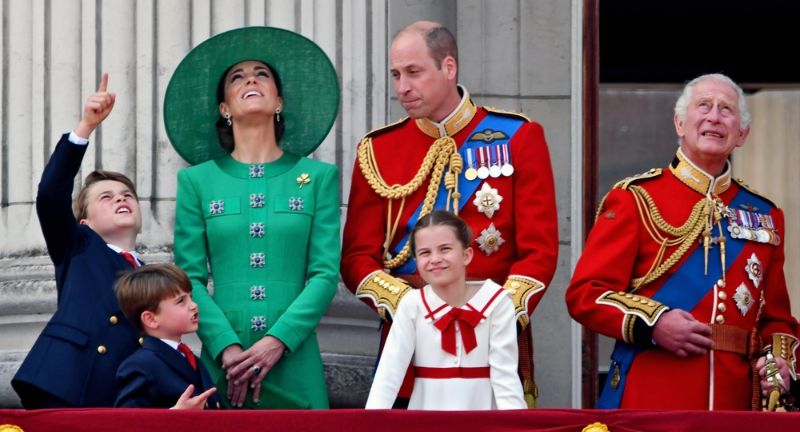
Shutterstock
The blood types of British royal family members are one of the many closely guarded secrets about them. This secrecy adds another layer of mystique to their already private lives. While the public knows much about the royals’ lives, certain personal details remain protected, emphasizing the boundary between their public duties and private lives. The mystery of their blood types is a small but intriguing detail that fuels public curiosity.
Princess Margaret’s Hidden Talent

Shutterstock
Princess Margaret, the younger sister of Queen Elizabeth II, was a talented pianist with a deep passion for music. She even considered pursuing a professional music career before royal duties took precedence. Her musical talent was well-known in royal circles, but it was overshadowed by her public life. This hidden talent highlights the often-unseen personal interests of royal family members, revealing a more artistic side to the princess.
Queen Victoria’s Hemophilia Legacy

Shutterstock
Queen Victoria is often remembered not only for her long reign but also for her genetic legacy. She was a carrier of hemophilia, a genetic disorder that she passed on to several of her descendants, earning it the nickname “the royal disease.” The condition spread through many European royal families, causing significant challenges. Victoria’s unwitting role in spreading hemophilia had profound implications for royal health and the politics of marriage alliances.
The Royal Custom of Weighing Guests

Shutterstock
At Sandringham, it’s a quirky tradition to weigh guests before and after Christmas dinner to ensure they’ve been well-fed. This custom dates back to King Edward VII, who wanted to make sure his guests were thoroughly enjoying themselves. While the practice might seem unusual, it’s part of the royal family’s way of embracing the festive spirit. The weighing tradition is a light-hearted, yet uniquely royal, aspect of their holiday celebrations.
King Charles’ Aston Martin Runs on Wine

Shutterstock
King Charles’s dedication to environmental conservation led him to convert his beloved Aston Martin to run on bioethanol derived from surplus English wine. The car, originally a gift from the Queen on his 21st birthday, was modified in 2008 to reflect his commitment to sustainable practices. This transformation highlights Charles’s proactive approach to environmental issues. His car’s unusual fuel source has become a symbol of his environmental advocacy.
Royal Naming Conventions
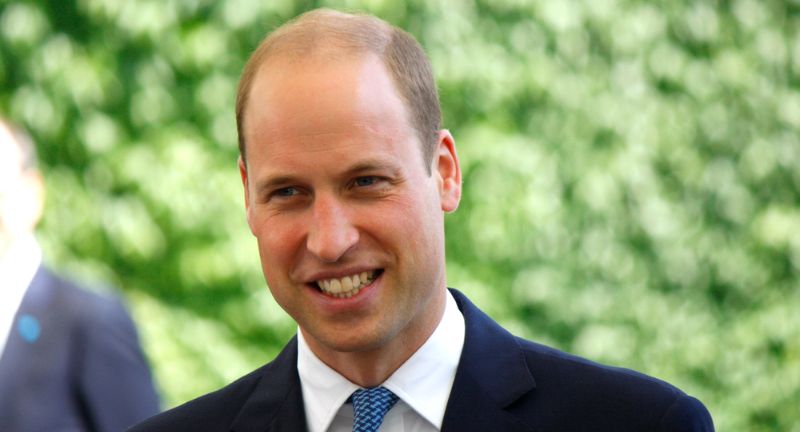
Shutterstock
Members of the British royal family typically have multiple middle names, often chosen to honor previous monarchs and important historical figures. For instance, Prince William’s full name is William Arthur Philip Louis, reflecting this tradition. These names are carefully selected to convey a sense of continuity and respect for the monarchy’s history. The naming conventions offer insight into the royal family’s deep connections to their heritage and lineage.
Queen Elizabeth II’s Wedding Dress Was Bought with Ration Coupons

Shutterstock
Due to post-war austerity, Queen Elizabeth II, then Princess Elizabeth, had to save up ration coupons to buy the material for her wedding dress in 1947. This act of frugality reflected the broader economic hardships faced by Britain at the time. Despite the restrictions, the dress was a masterpiece, symbolizing hope and renewal for the nation. The story of her wedding dress highlights the balance between royal grandeur and national circumstances.
Royal Corgis Have Their Own Chef

Shutterstock
Queen Elizabeth II’s beloved corgis were not just any dogs; they were treated like royalty themselves. The corgis had their own personal chef, who prepared meals that included fresh rabbit, liver, and cabbage. This special treatment reflected the Queen’s deep affection for her pets, who were a significant part of her life. The royal corgis’ luxurious lifestyle is a testament to their status within the royal household.
Prince Harry’s Unusual Nickname

Shutterstock
Prince Harry, known for his vibrant personality, had the nickname “Spike” within the royal family. He even used this name as a pseudonym on Facebook before his account was discovered and subsequently shut down. The nickname adds a playful aspect to Harry’s image, contrasting with his formal title. This small detail gives a glimpse into the informal side of royal life, where even princes have endearing nicknames.
The Royal Family’s Secret Tunnels
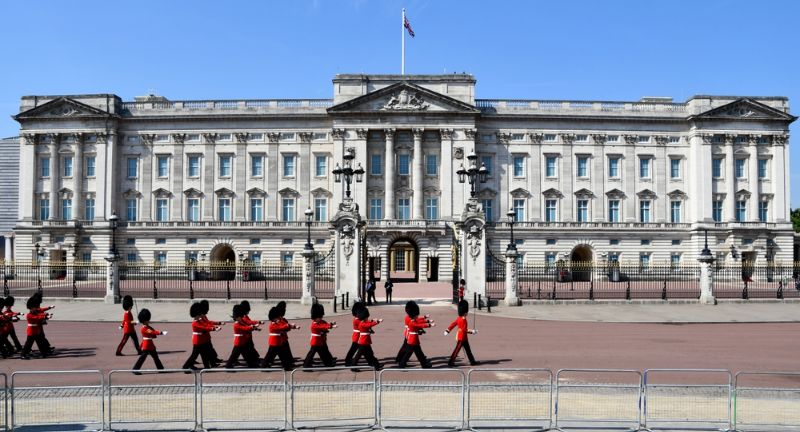
Shutterstock
There are secret tunnels connecting various royal residences, including one that supposedly links St. James’s Palace to Buckingham Palace. These tunnels are part of the elaborate security and privacy measures in place for the royal family. While they are rarely discussed, the existence of these tunnels adds to the mystery surrounding the royal lifestyle. The tunnels serve both practical and historical purposes, reflecting the complex infrastructure supporting the monarchy.
King Edward VIII’s Personal Stamps
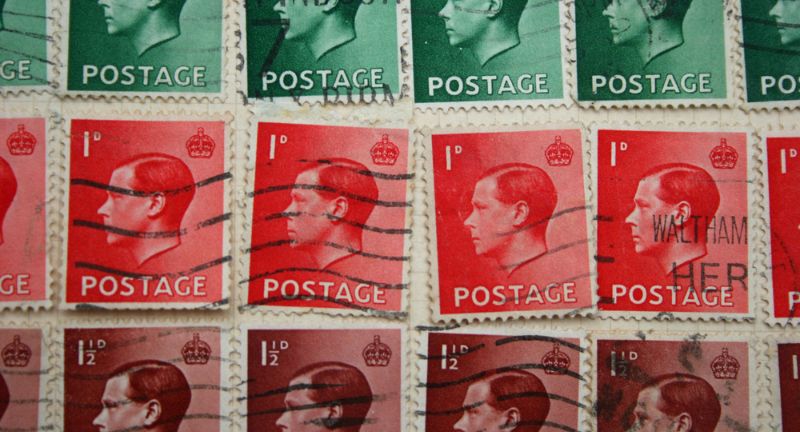
Shutterstock
Before his abdication, King Edward VIII commissioned a set of stamps featuring his likeness. However, these stamps were never released due to his decision to step down from the throne. Today, these stamps are extremely rare and highly valuable among collectors, representing a unique piece of royal history. The story of these stamps offers a fascinating glimpse into the brief and controversial reign of King Edward VIII.
Conclusion

Shutterstock
These obscure facts about the British royal family highlight the fascinating complexities and hidden layers within this world-renowned institution. From secret traditions to surprising hobbies, each fact reveals a side of the royals that is often overshadowed by their public duties. Understanding these lesser-known details allows us to appreciate the rich history and personal stories that have shaped the monarchy over the centuries. As we continue to follow their lives, these intriguing tidbits remind us that behind the crown are individuals with unique stories and experiences. The British royal family will undoubtedly continue to captivate the world with both their grandeur and their humanity.
More From Royals+
-


Royal Hauntings: 18 Palaces with Spine-Chilling Ghost Stories
-


The Kate Effect: 25 Reasons We Love Kate Middleton
-
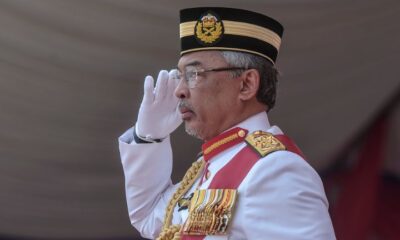

The World’s Remaining Monarchies: 30 Countries Keeping Tradition Alive
-
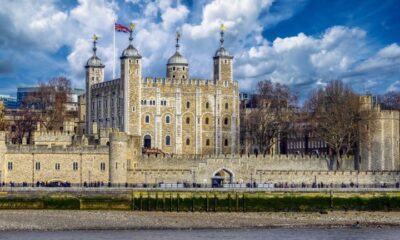

30 Must-Visit UK Destinations to Satisfy Your Royal Obsession
-
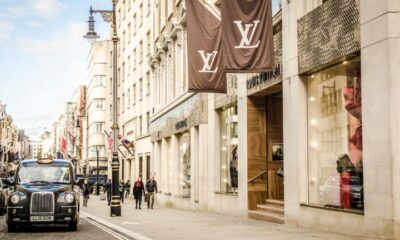

20 Luxury Brands That Have Created Exclusive Pieces With The…
-
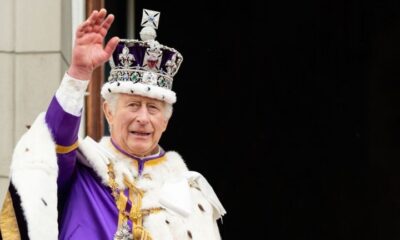

Regal Etiquette: 15 Protocols British Royals Must Follow
-


25 Prettiest Places In England That You Don’t Have To…
-
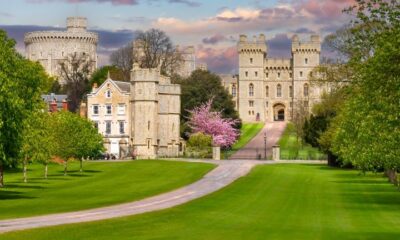

Regal Real Estate: 15 Stunning Residences of the British Monarchy
-


Royal Escapes: 20 Favorite Vacation Spots of the British Monarchy
-
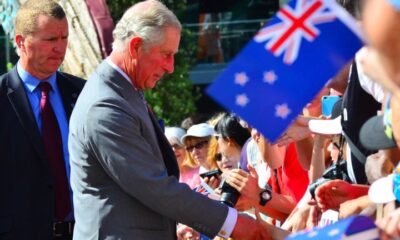

Royal Ties: Countries That Still Honor the British Monarchy
-
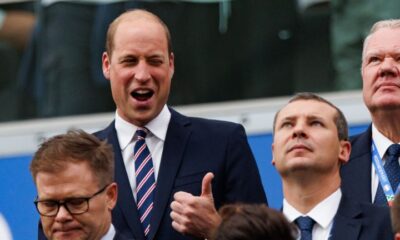

From Prince to King: 20 Things You Didn’t Know About…
-
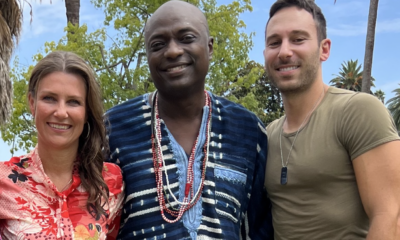

Norway’s Princess Märtha Louise Is Viral Star After TikTok Collab…
